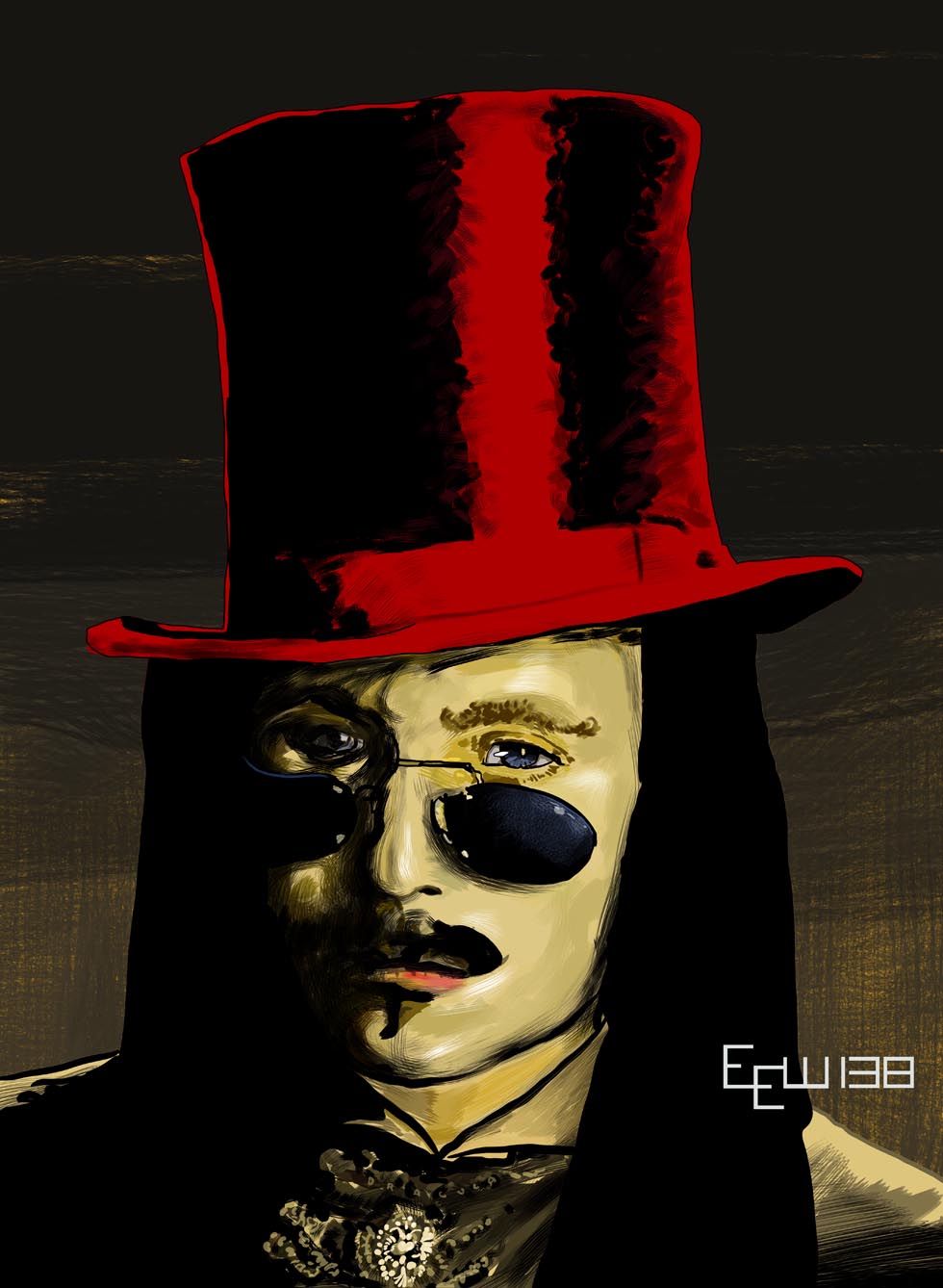Dracula
The "real" historical Dracula
Invented by Bram Stoker as a character in the titular novel of 1897, Dracula was partially built from older legends about vampires and also the historical record about Vlad Tepes the Impaler, a14th century leader and hero of Wallachia (this area is now present day Romania).
Tepes was known as "Dracula" which means "Son of the Dragon" as his father was named "Dracul" meaning "the Dragon," a name from his association with a group of regional leaders called "The Order of the Dragon."
Tepes (along with a brother) were used as hostages by the Ottoman Empire against his father Dracul, but eventually Tepes was free and though he learned the Turkish language fluently in his captivity and was trained by the Ottomans in military skills, he made a career of thwarting Ottoman political aspirations in Wallachia, the entire area being claimed by the Sultan as part of his empire (the other brother converted to Islam and served the Sultan).
Messy political machinations marked Tepes career (complication was also a large element in his father's career) as a on-again-off-again ruler in Wallachia. The area was often caught up in regional warfare and played roles in shifting alliances with other countries and powers (but most frequently against Ottoman interests) as Tepes maneuvered to keep Wallachia free from foreign domination.
Dracula's name as "The Impaler" comes from his reputation for impaling prisoners and enemies onto long vertical poles and leaving them on public display as a warning to others, and to terrify enemy armies.
The media Dracula
The Dracula from Bram Stoker's imagination is an undead vampire stuck in his castle with his three wives, surrounded by a wild and undeveloped area in the Carpathian mountains that has been mostly drained of population, so he arranges a transfer to a better hunting ground in London, England. Mayhem ensues.
Stoker had written other novels, but none were comparable to his novel Dracula in either effect on an audience or in actual literary quality (it has been suggested that Stoker's childhood friend and later book editor Hall Caine helped shape Stoker's novel. The novel itself is dedicated to Caine from Stoker).
Stoker's Dracula characterization is a more savage and an unappealing figure, which was a departure from most previous popular vampire stories in which the male (or female) vampire would often be described with powerful and alluring attributes, frequently aristocratic, and often physically imposing. This is not the case in Stoker's book, as the Count begins the tale as an elderly figure who grows more powerful and younger as fresh blood is acquired. Even though Dracula's power grows within the narrative of the book, the character's transformation does not make the figure attractive.
Stoker's novel is also unique in that he invented the idea of garlic as a vampire repellant, and that vampires can become wolves.
Stoker's sales success with his vampire novel led the way to stage play adaptations and eventually Hollywood. The major change from Stoker's tale into the bette rknown Hollywood versiuon is the reworking of Dracula into a figure more at home in both romantic English literature and vampire folklore, with similarities to tragic (and attractive) characters that are typically described as Byronic, after Lord George Gordon Byron, the influential English poet, essentially meaning dark, moody and brooding. Byron himself is cited as being a major influence on the short novel The Vampyre, 1819, written by Byron's friend Dr. John Polidori, and based on a short fragment about a vampire written by Byron as part of the story-writing contest held at Lake Geneva in Switzerland in 1816 with Percy and Mary Shelley (who then wrote the novel Frankenstein, read more on the Bride of Frankenstein page).
Original Page Oct 2015 | Updated September 2020
Hapi Tokyo Mix - Pack of 12 - Amazon
Comic Books and American Cultural History: An Anthology




